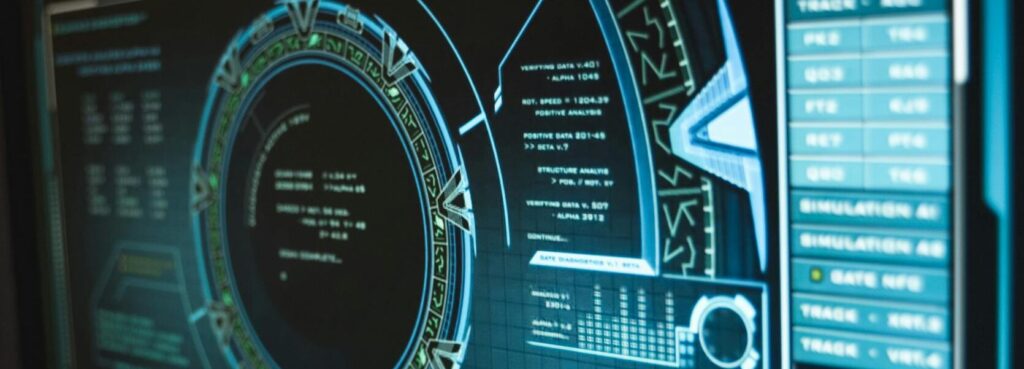Posted inINFOSEC Governance and Regulation NIST
NIST Cybersecurity Framework (CSF) and ISO/IEC 27001
NIST Cybersecurity Framework (CSF) and ISO/IEC 27001 NIST CSF Functions and Categories to ISO/IEC 27001 Annex A Controls Identify (ID) Asset Management (ID.AM): A.8 (Asset Management) Business Environment (ID.BE): A.5…

